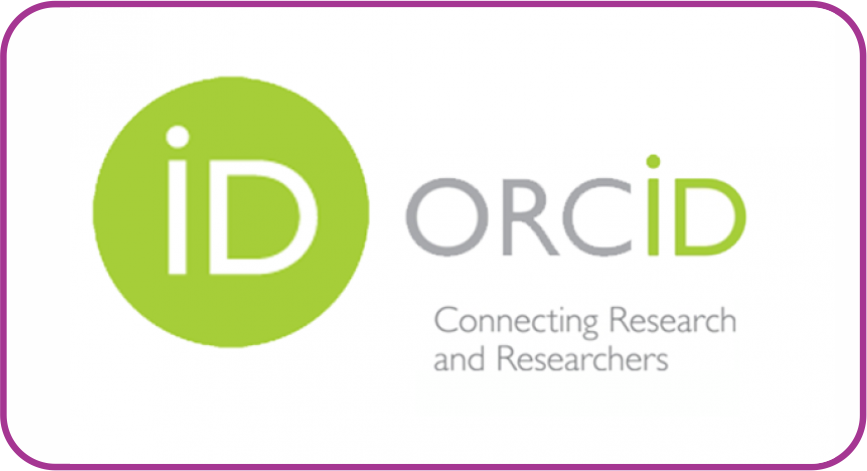Working University Students in Riau Archipelago: Dual Role and Depression
DOI:
https://doi.org/10.30983/educative.v5i2.3330Keywords:
depression, dropout, dual role, intervention, working studentsAbstract
University students working and studying at the same time for various reasons. The aim of the study is to review the impact of students’ dual role as students and workers on the depression rate of working university students in Batam, Indonesia. A comprehensive review of the literature revealed that working while studying does not necessarily affect students’ academic performance. However, depression is the most common health problem in university students. However, working students tend to have higher depression rate than non-working students. Depression in students may be the cause of the high dropout rate in Batam. It is important to administer depression-prevention intervention as early as possible, since the first- and second-year students are the most likely to get depressed
Â
Beragam alasan melatarbelakangi mahasiswa bekerja selama berkuliah. Penelitian ini mengulas dampak peran ganda sebagai mahasiswa dan pekerja kecenderungan depresi pada mahasiswa bekerja di Batam, Indonesia. Ulasan komprehensif dari literatur dan observasi langsung menunjukkan bahwa bekerja sambil berkuliah tidak mempengaruhi kinerja akademis mahasiswa. Meskipun demikian, mahasiswa bekerja cenderung memiliki tingkat depresi yang lebih tinggi daripada mahasiswa yang tidak bekerja. Depresi pada mahasiswa dapat menjadi penyebab tingginya tingkat dropout di Batam. Melakukan intervensi pencegahan depresi pada mahasiswa sedini mungkin merupakan hal yang sangat penting dikarenakan mahasiswa tingkat pertama dan kedua adalah yang paling rentan terhadap depresi.
References
Book
Ristekdikti. Higher Education Statistical Year Book. (Kementrian Riset, Teknologi, dan Pendidikan Tinggi Republik Indonesia, Indonesia, 2017).
Ristekdikti, Bidikmisi Requirements 2019. (Kementrian Riset, Teknologi, dan Pendidikan Tinggi Republik Indonesia, Indonesia, 2019).
Journal
Almeida, D. J., Byrne, A. M., Smith, R. M., and Ruiz, S. How Relevant is Grit? The Importance of Social Capital in First-Generation College Students’ Academic Success. Journal of College Student Retention: Research, Theory & Practice, (2019).
Beiter, R., Nash, R., McCrady, M., Rhoades, D., Linscomb, M., Clarahan, M., and Sammut, S. The Prevalence and Correlates of Depression, Anxiety, and Stress in a Sample of College Students. Journal of Affective Disorder, 173, (2015), p. 90-96.
Broton, K. M., Goldrick-Rab, S., and Benson J. Working for College: The Causal Impacts of Financial Grants on Undergraduate Employment. Educational Evaluation and Policy Analysis, 38.3, (2016), p. 477-494.
Buchanan, J. L. Prevention of Depression in the College Student Population: A Review of the Literature. Archives of Psychiatric Nursing, 26.1, (2012), p. 21-42.
Deb, S., Banu, P. R., Thomas, S., Vardhan, R. V., Rao, P. T., and Khawaja, N. Depression Among Indian University Students and its Association with Perceived University Academic Environment, Living Arrangements and Personal Issues. Asian Journal of Psychiatry, 23, (2016), p. 108-117.
Eisenberg, D., Gollus, S. E., Golberstein, E., and Hefner, J. L. Prevalence and Correlates of Depression, Anxiety, and Suicidality Among University Students. American Journal of Orthopsychiatry, (2017), p. 534-542.
Gao, W., Ping, S., and Liu, X. Gender Differences in Depression, Anxiety, and Stress Among College Students: A Longitudinal Study From China. Journal of Affective Disorders, 263, (2020), p. 292-300.
Ibrahim, A. K., Kelly, S. J., Adams, C. E., and Glazebrook, C. A Systematic Review of Studies of Depression Prevalence in University Students. Journal of Psychiatric Research, 47, (2013), p. 391-400.
Khawaja, N. G., and Duncanson, K. Using the University Student Depression Inventory to Investigate the Effect of Demographic Variables on Students’ Depression. Australian Journal of Guidance and Counseling, 18.2, (2018), p. 195-209.
Larcombe, W., Finch, S., Sore, R., Murray, C. M., Kentish, S., Mulder, R. A., Lee-Stecum, P., Baik, C., Tokatlidis, O., and Williams, D. A. Prevalence and Socio-Demographic Correlates of Psychological Distress Among Students at an Australian University. Studies in Higher Education, 41.6, (2016), p. 1074-1091.
Mahmoud, J. S. R., Staten, R., Hall, L. A., and Lennie, T. A. The Relationship Among Young Adult College Students’ Depression, Anxiety, Stress, Demographics, Life Satisfaction, and Coping Styles. Issues in Mental Health Nursing, 33, (2012), p. 149-156.
Moeller, R. W., and Seehus, M. Loneliness as a Mediator for College Students’ Social Skills and Experiences of Depression and Anxiety. Journal of Adolescence, 73 (2019), p.1-13.
Mounsey, R., Vandehey, M. A., and Diekhoff, G. M. Working and Non-Working University Students: Anxiety, Depression, and Grade Point Average. College Student Journal, 47.2, (2013), p.379-389.
Muluk S. Part-time Job and Students’ Academic Achievement. Jurnal Ilmiah Peuradeun, 5.3, (2017), p.361-372.
Pacheco, J. P., Giacomin, H. T., Tam, W. W., Ribeiro, T. B., Arab, C., Bezzera, I. M., Pinasco, G. C. Mental Health Problems Among Medical Students in Brazil: A Systematic Review and Meta-Analysis. The Revista Brasileira de Psiquatria, 39.4, (2017), p.2223.
Pidgeon, A. M., McGrath, S., Magya, H. B., Stapleton, P., and Lo, B. C. Y. Psychosocial Moderators of Perceived Stress, Anxiety and Depression in University Students: An International Study. Open Journal of Social Sciences, 2, (2014), p. 23-31.
Portoghese, I., Leiter, M. P., Maslach, C., Galletta, M., Porru, F., D’Alojo, E., Finco, G., and Campagna, M. Measuring Burnout Among University Students: Factorial Validity, Invariance, and Latent Profiles of the Italian Version of the Maslach Burnout Inventory Student Survey (MBI-SS). Frontiers in Psychology, 9, (2018), p.2105.
Pozos-Radillo, E., Preciado-Serrano, L., Plascencia-Campos, A., and Rayas-Servin, K. Chronic Stress and its Association with Psychological, Behavioral and Physiological Variables of Mexican College Students. Advances in Applied Sociology, 5, (2015), p. 299-305.
Rijavec, M., Golub, T. L., Jurcec, L., and Olcar, D. Working Part-Time During Studies: The Role of Flow in Students’ Well-Being and Academic Achievement. Croatian Journal of Education, 19.3, (2017). p. 157-175.
Ryan, G., Marley, I., Still, M., Lyons, Z., and Hood, S. Use of Mental-Health Services by Australian Medical Students: A Cross-Sectional Survey. Austrolasian Psychiatry, 25.4, (2017), p. 407-410.
Schwenk, T. L., Davis, L., and Wimsatt, L. A. Depression, Stigma, and Suicidal Ideation in Medical Students. The Journal of the American Medical Association, 304.11, (2010), p. 1181-1190.
Simón, H., Diaz, C., Manuel, J., Costa, C., and Luis, J. Analysis of University Student Employment and its Impact on Academic Performance. Electronic Journal of Research in Educational Psychology, 15.2, (2017), p. 281-306.
Smith, R. A., and Schoffstall, D.G. Employment Impact on Hospitality and Tourism Students’ Academic Journey: the HBCU Students’ Perspective. Journal of Teaching in Travel & Tourism, 20.2, (2020), p. 105-120.
Tessema, M. T., Ready, K. J., and Astani, M. Does Part-Time Job Affect College Students’ Satisfaction and Academic Performance (GPA)? The Case of a Mid-Sized Public University. International Journal of Business Administration, 5.2, (2014).
Tjia, J., Givens, J. L., and Shea, J. A. Factors Associated with Under-Treatment of Medical Student Depression. Journal of American College Health, 53.5, (2010), p. 219-224.
Tur-Sinai, A., Romanov, D., and Zussman, N. The True Effect of Students’ Employment on the Duration of Studies. Applied Economics, 49.33, (2017), p. 3328-3340.
Uchida, C., and Uchida M. Characteristics and Risk Factors for Suicide and Deaths Among College Students: A 23-Year Serial Prevalence Study of Data From 8.2 Million Japanese College Students. The Journal of Clinical Psychiatry, 78.4, (2017), p.404-412.
Downloads
Submitted
Accepted
Published
Issue
Section
License
Authors who publish with this journal agree to the following terms:
1. Authors retain copyright and grant the journal right of first publication with the work simultaneously licensed under a Creative Commons Attribution License that allows others to share the work with an acknowledgment of the work's authorship and initial publication in this journal.
2. Authors are able to enter into separate, additional contractual arrangements for the non-exclusive distribution of the journal's published version of the work (e.g., post it to an institutional repository or publish it in a book), with an acknowledgment of its initial publication in this journal.
3. Authors are permitted and encouraged to post their work online (e.g., in institutional repositories or on their website) prior to and during the submission process, as it can lead to productive exchanges, as well as earlier and greater citation of published work (See The Effect of Open Access).





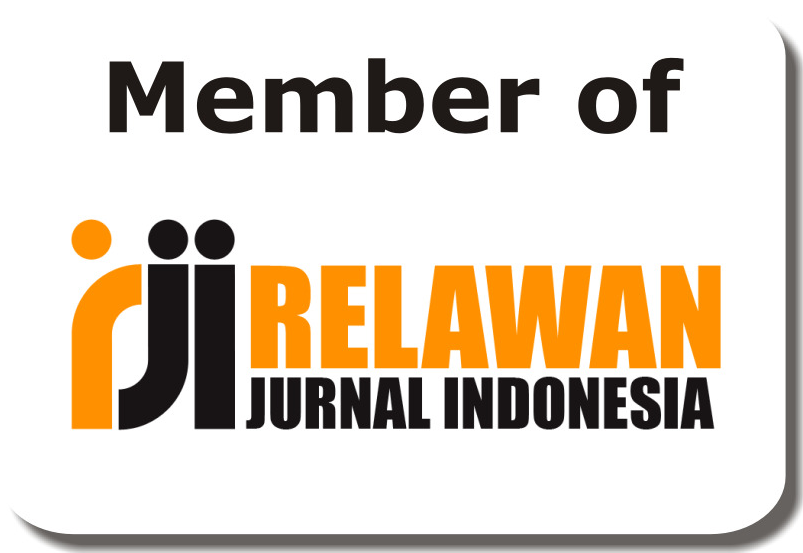
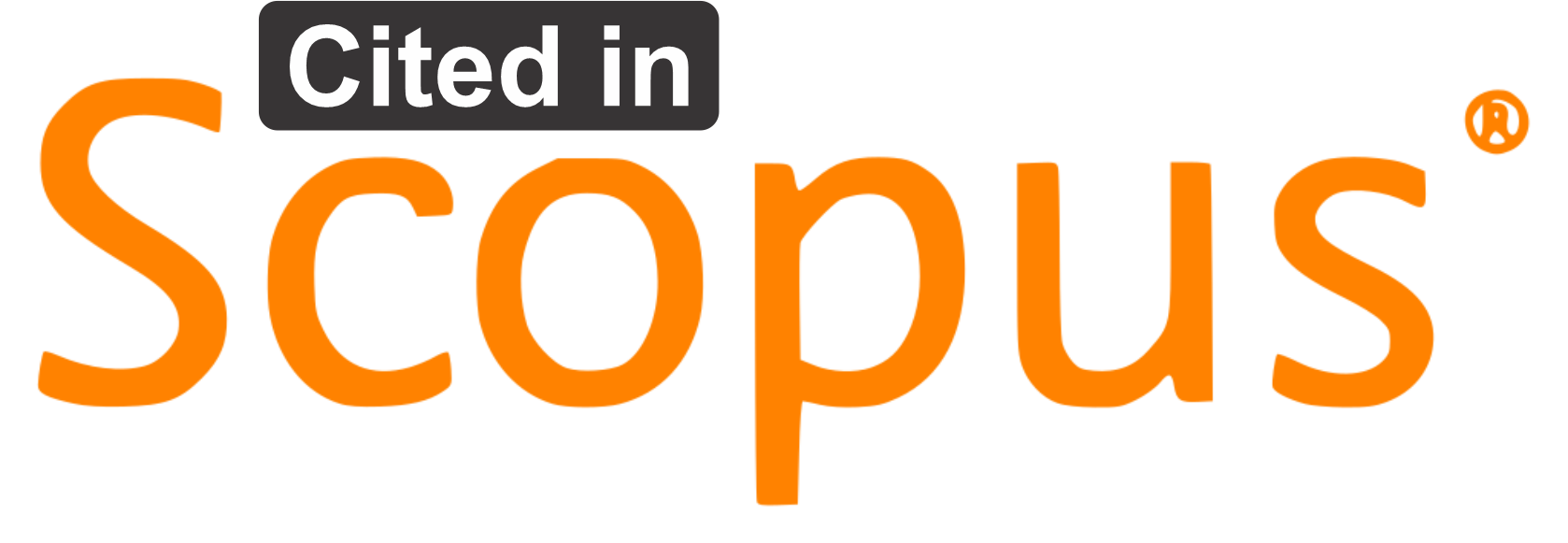

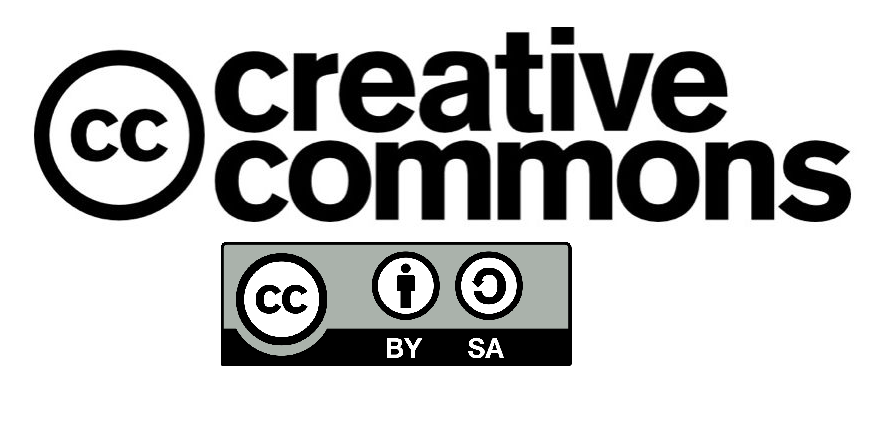
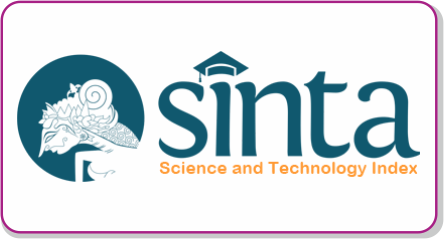








 Â
 




